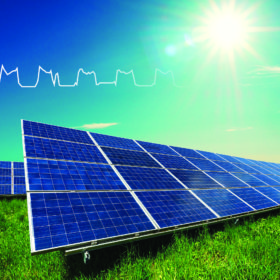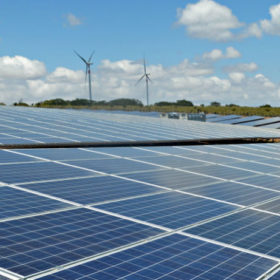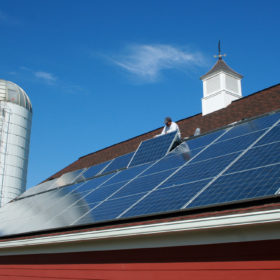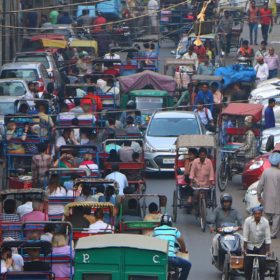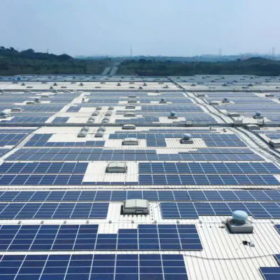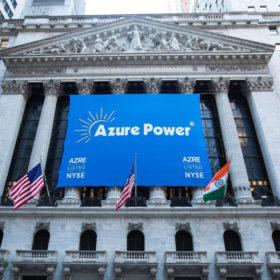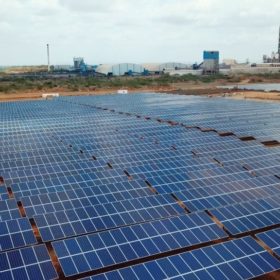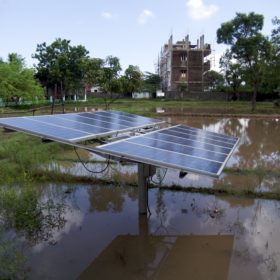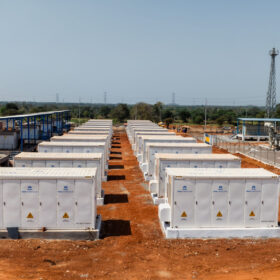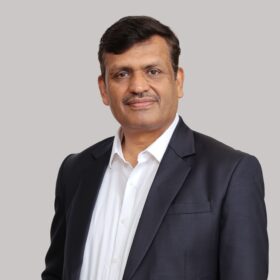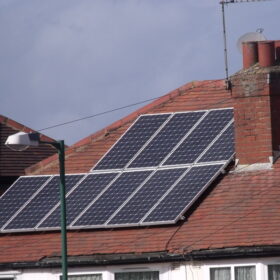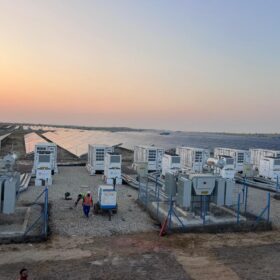Vikram Solar supplies modules for 300 solar pumps across West Bengal and Odisha
The government’s KUSUM scheme helps farmers install standalone solar pumps with a capacity of up to 7.5 hp. There is also support to make grid connected pumps of the same size solar powered. A PV capacity of up to twice the pump capacity in kW is allowed under the scheme.
UK University to help design EV batteries for Indian climate
The university researchers will provide expertise in the operation and management of lithium-ion batteries, environmental test facilities for battery modules and advanced battery analysis techniques.
Nuanced renewables need novel risk solutions: India Ratings
While stress in the renewable sector can only be averted if long-term viability of the project is intact, prevention of default due to issues temporary in nature is also the need of the hour—says a report by the ratings agency.
A little Green Brilliance in a Virginian vineyard
The Indian installer supplied panels for a commercial client in the U.S. who had been inspired by a trip to Rajasthan with his wife in 2008.
Time has come for battery swapping
Battery swapping is the ultimate expression of a sharing economy in which assets are shared to facilitate business operations—says E-Chargeup Solutions, which recently launched a battery swapping station for e-rickshaws in Noida city of Uttar Pradesh.
Amp Energy installs 8.5 MWp rooftop solar plant for Skoda Auto
Touted to be one of India’s largest rooftop installations, the captive plant uses 25,770 photovoltaic panels covering 63,000 sq.m of available roof space and producing 12.2 million KWh of electricity annually.
Azure Power raises $75 million from Canadian investor CDPQ
The investment raises CDPQ’s equity interest in Azure Power to 49.4% from 41.4%. The proceeds will be used by the developer to fund its current projects.
Fourth Partner Energy secures US$ 50 million loan from Bank of America
The revolving credit facility will help the Hyderabad headquartered distributed solar developer finance new projects as it looks to add about 250 MW of capacity this year.
Central Electronics Limited tenders 44 MW solar capacity in Maharashtra
Developers have until December 30 to bid for the grid-connected plants that shall come up on the land within or around the premises of Maharashtra State Electricity Distribution Company Limited’s substations. The plants are to be developed on turnkey basis.
Uttar Pradesh govt aims to support 75 MW farmland solar plants in 2019-20
Under KUSUM scheme, the state government will help farmers in setting up an aggregate 75 MW capacity of grid-connected solar plants—in capacities of up to 2 MW—on their barren or cultivable land.
